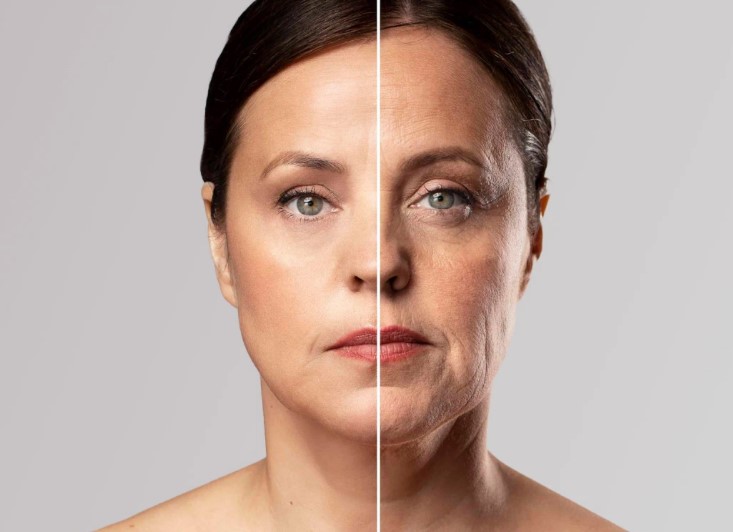Understanding “Ozempic Face”
With the surge in popularity of weight loss medications (they work by mimicking hormones that target the brain areas responsible for regulating appetite and food intake), a new term has emerged – “Ozempic face”. This refers to a gaunt, aged appearance. The fat pads that give the face its volume and youthful contours diminish, and the skin, if it is not elastic enough, can start to sag. For some people, the loss of facial fat can be more noticeable,leading to the distinctive hollow and aged look associated with Ozempic face.
You need to remember that any intense weight loss (including patintes who experience very rapid weight loss through bariatric surgery or drastic diet) very often results in noticeable physical changes, and the face is no exception. It’s not specific to Ozempic or othernweight loss medications . It’s a result of rapid weight loss, something that can happen with any significant reduction in body fat. Fat loss while taking weight loss drugs like Ozempic happens across the body, not just in one area like the face and it’s not possible to only reduce fat in specific areas of the body.
The good news is that facial changes related to weight loss can be managed. A more gradual approach to weight loss may help – by losing weight more slowly, the skin has more time to adjust and may retain more of its elasticity, reducing the severity of any facial changes. Additionally, maintaining a skincare routine that includes moisturising, sunscreen, and products that promote collagen production can help keep your skin elastic and healthy as you lose weight.
Unfortunately, the media has played a significant role in exaggerating concerns about “Ozempic face”. That is why it is very important to consult an experienced plastic surgeon or other healthcare professional who can recommend strategies to prevent rapid fat loss or suggest treatments that can help preserve your facial volume during your weight loss journey.

Recent Comments